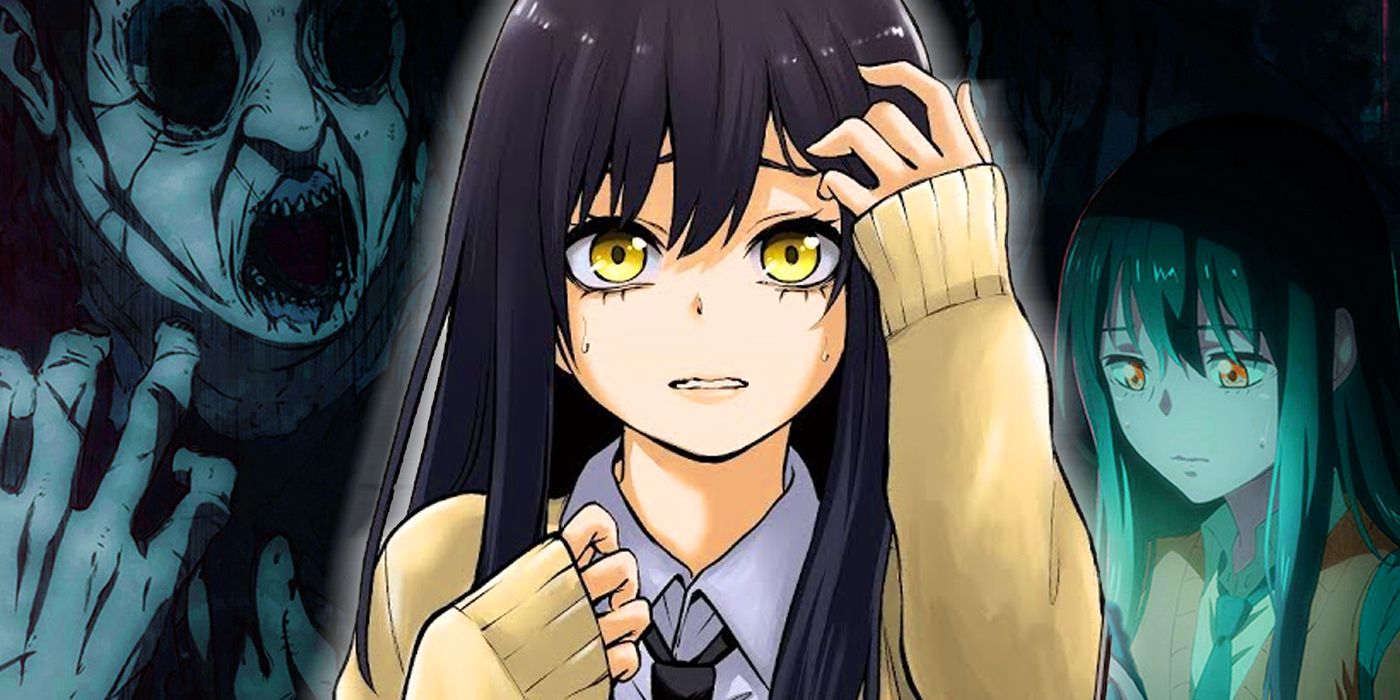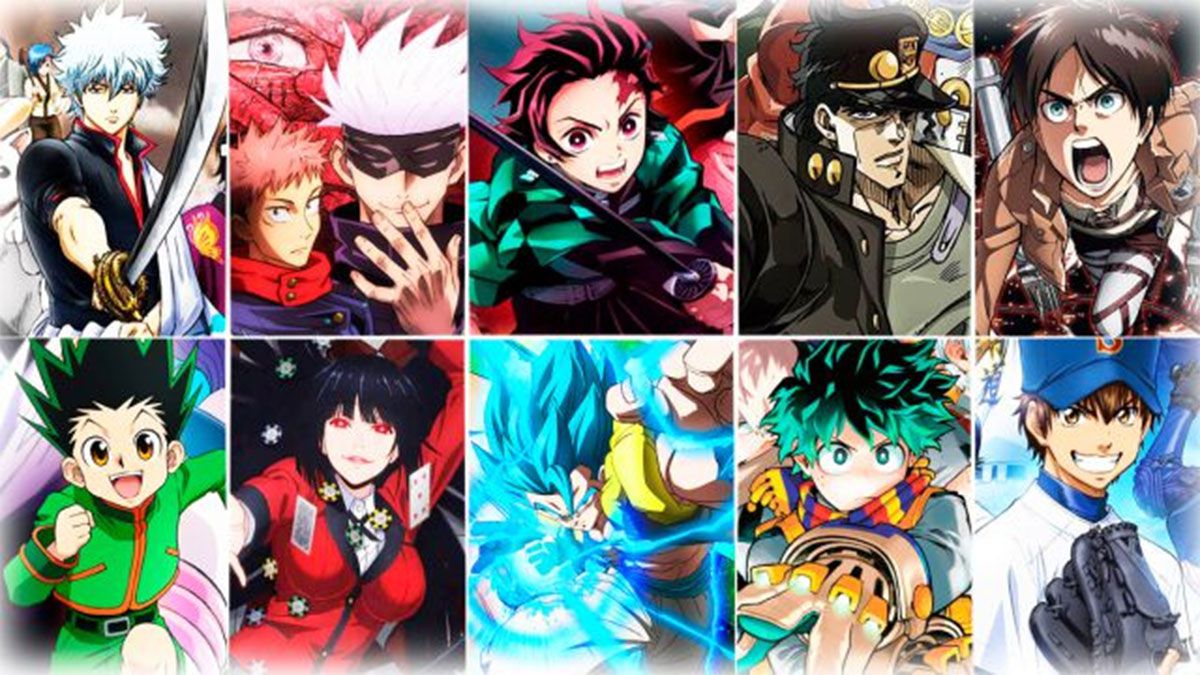Monogatari series manga: Yo, what’s up, manga heads? Get ready to dive deep into the totally rad world of the Monogatari series manga! This ain’t your grandma’s shoujo manga; we’re talking mind-bending narratives, awesome character designs, and a story that’ll keep you hooked from page one. We’re breaking down everything from the plot twists to the killer art style, so grab your snacks and let’s get this party started.
This exploration will cover the manga’s unique storytelling, the crazy cast of characters, and how it stacks up against the anime and light novels. We’ll also hit on some frequently asked questions, so you’ll be a Monogatari expert in no time. Prepare for a wild ride through a world of supernatural happenings and seriously awesome relationships!
Monogatari Series Manga: A Deep Dive
Yo, what’s up, manga heads? Let’s break down the Monogatari series, a crazy ride of supernatural shenanigans and seriously stylish visuals. This ain’t your average high school drama; we’re talking vampires, oddities, and a whole lotta Araragi. Get ready to dive into the weird and wonderful world of Shaft’s manga adaptation.
Series Overview
The Monogatari manga series follows the narrative structure of the light novels, but with some key differences in pacing and visual presentation. It’s a collection of interconnected stories revolving around Araragi Koyomi and his encounters with various supernatural beings. The stories are non-linear, jumping between timelines and perspectives, creating a unique reading experience. Each arc focuses on a different girl and their respective “oddity,” offering a blend of mystery, humor, and intense character development.
The manga, while generally following the light novel’s timeline, occasionally streamlines events or alters minor plot points for the sake of brevity and manga-specific storytelling.
Chronological Manga Releases and Adaptations, Monogatari series manga
The exact release dates vary depending on the region, but the general order of release reflects the story arcs. Significant differences from the light novels and anime include condensed dialogue, altered scene arrangements, and some visual interpretations unique to the manga medium. The level of detail varies from arc to arc.
- Bakemonogatari
- Nisemonogatari
- Nekomonogatari (Black)
- Monogatari Series: Second Season (combines several arcs)
- Owarimonogatari
- Zoku Owarimonogatari
- Tsukimonogatari
Main Themes and Motifs
The series explores several recurring themes, including the complexities of human relationships, the nature of identity, and confronting one’s inner demons. Motifs such as loss, trauma, and the power of connection are woven throughout the narrative. The exploration of these themes is often subtle, conveyed through symbolism and metaphorical storytelling.
Artistic Style Comparison Across Arcs
The manga’s art style, while consistent overall, shows variations across different arcs. Some arcs feature a more detailed and polished style, while others lean into a more dynamic and expressive approach. The use of color, where applicable, enhances the mood and atmosphere of each story arc, often reflecting the personality of the featured female character.
Character Analysis
The characters in Monogatari are far from typical anime tropes; they’re complex, flawed, and deeply engaging. Their relationships are central to the narrative, often defying easy categorization. The series thrives on its intricate character dynamics and their individual journeys.
Araragi Koyomi’s Characteristics and Motivations
Araragi is the central protagonist, a seemingly ordinary high school student with a penchant for helping supernatural beings. His motivations stem from a desire to protect others and confront his own past traumas. He’s selfless, sometimes to a fault, and his interactions with the other characters are often the catalyst for their growth and development.
Araragi’s Relationships with Female Characters
Araragi’s relationships with the female characters are complex and multifaceted, ranging from platonic to romantic. Each relationship explores different aspects of his personality and challenges his views on himself and the world around him. These relationships are not always straightforward and often involve a dynamic interplay of power, vulnerability, and emotional support.
Recurring Characters and Narrative Significance
Several recurring characters, such as Oshino Meme and Nadeko Sengoku, play crucial roles in the overarching narrative. Their presence often acts as a bridge between different arcs, providing continuity and foreshadowing. These characters offer insight into the recurring themes and provide emotional anchors for Araragi and other main characters.
Character Archetypes in Monogatari
| Character Name | Archetype | Key Traits | Relationship to Araragi |
|---|---|---|---|
| Araragi Koyomi | The Reluctant Hero | Selfless, compassionate, flawed, haunted by the past | Central Protagonist |
| Senjougahara Hitagi | The Tsundere | Initially abrasive, fiercely independent, secretly vulnerable | Romantic Interest, Close Friend |
| Hanekawa Tsubasa | The Gentle Helper | Kind, intelligent, burdened by secrets, carries a heavy emotional load | Close Friend, Confidante |
| Nadeko Sengoku | The Innocent Victim | Initially naive, becomes more assertive as the series progresses | Friend, needs help and protection |
Artistic Style and Presentation
The manga’s visual style is heavily influenced by the anime adaptation, maintaining a distinctive and visually striking aesthetic. The use of unique panel layouts, character designs, and color palettes significantly contributes to the overall atmosphere and tone of the story.
Manga’s Unique Visual Style
The manga uses a distinctive visual style that incorporates dynamic panel layouts, often unconventional and expressive. Character designs are stylized, with exaggerated features and unique expressions. The use of color, particularly in certain scenes, enhances the emotional impact and adds to the overall visual appeal.
Art Style’s Contribution to Atmosphere
The art style effectively complements the narrative, reflecting the often surreal and emotionally charged nature of the story. The use of visual metaphors and symbolism enhances the deeper meaning of the narrative, creating a visually rich and engaging reading experience. The art style seamlessly blends humor and darkness, mirroring the tone of the story.
Artistic Choices in Different Scenes
The artistic choices vary across different scenes, reflecting the mood and tone of the particular narrative segment. For instance, scenes of intense emotional conflict may utilize darker color palettes and more dramatic panel layouts, while comedic scenes may employ lighter colors and more dynamic compositions. The artist effectively utilizes these visual cues to guide the reader’s emotional response.
Visual Representation of a Memorable Scene
Imagine a scene where Araragi confronts a powerful apparition. The panel is dominated by a looming, shadowy figure, its form indistinct but radiating an aura of menace. Araragi is depicted in a smaller panel, positioned at the bottom, emphasizing his vulnerability. The use of stark contrasts between light and shadow enhances the sense of unease. Dynamic lines and exaggerated expressions convey the intensity of the moment.
The color palette is muted, with shades of grey and dark blues dominating, adding to the overall sense of foreboding.
Narrative Techniques
The Monogatari series utilizes a range of narrative techniques to create a unique and engaging reading experience. The non-linear storytelling and use of metafictional elements are key aspects of its distinctive approach.
Non-Linear Storytelling and Flashbacks
The manga employs non-linear storytelling, frequently shifting between different timelines and perspectives. Flashbacks are used to provide context and reveal crucial information, adding layers of depth to the characters and their relationships. This approach enhances the overall narrative complexity and allows for a deeper exploration of the characters’ pasts.
Narrative Devices: Unreliable Narrators and Metafiction
The series utilizes unreliable narrators, often Araragi himself, whose perspective is subjective and sometimes skewed by his own biases. Metafictional elements, such as breaking the fourth wall, are employed to blur the lines between fiction and reality, enhancing the overall immersive quality of the story. This playful manipulation of narrative conventions contributes to the series’ unique charm and intrigue.
Dialogue Style and Pacing
The manga’s dialogue is characterized by its wit, rapid-fire exchanges, and frequent use of wordplay. The pacing is deliberately uneven, shifting between moments of intense drama and lighthearted humor. This stylistic choice creates a dynamic reading experience that keeps the reader engaged and on the edge of their seat.
Visual Metaphors and Symbolism
The manga uses visual metaphors and symbolism to convey deeper meaning and enhance the thematic resonance. For instance, certain colors or imagery might be associated with specific characters or emotional states. This use of visual language adds another layer of interpretation for the reader, enriching their understanding of the narrative.
Comparison with Other Media
The Monogatari manga, while adapting the light novels, makes certain changes and omissions. The anime adaptation also features its own unique interpretations, leading to significant differences across all three media. Understanding these differences provides a more complete appreciation of the series’ multifaceted storytelling.
Manga vs. Light Novels: Changes and Omissions
The manga condenses certain plot points and streamlines dialogue compared to the light novels. Some minor details or subplots might be omitted or altered to fit the manga format. The visual presentation, naturally, differs significantly, with the manga offering a unique interpretation of the characters and settings.
Expand your understanding about is jjk manga over with the sources we offer.
Manga vs. Anime: Plot, Character Development, and Visuals
The anime adaptation, while generally faithful to the source material, introduces its own stylistic choices and alterations. The pacing, animation style, and even character interpretations can differ from the manga. The visual presentation is particularly distinct, with the anime utilizing its own unique animation techniques and color palettes.
Specific Instances of Divergence
- Certain scenes might be expanded or shortened in the manga compared to the anime.
- Minor dialogue changes or alterations to character interactions can occur across all three versions.
- Visual interpretations of characters and settings can vary significantly.
- The pacing and overall narrative structure can be adjusted to suit each medium.
Impact of Differences on Reception and Interpretation
The differences between the manga, light novels, and anime lead to varied interpretations and reception among fans. Some might prefer the more detailed narrative of the light novels, while others might appreciate the visual storytelling of the anime or the concise storytelling of the manga. These differences enrich the overall discussion and appreciation of the Monogatari series.
So, there you have it, peeps! The Monogatari series manga is a total masterpiece, blending unique storytelling with killer visuals. Whether you’re a seasoned anime fan or just diving into the world of manga, this series offers something truly special. From the complex character dynamics to the mind-bending plot twists, the Monogatari manga leaves a lasting impression. Go forth and read, and prepare to be amazed!


